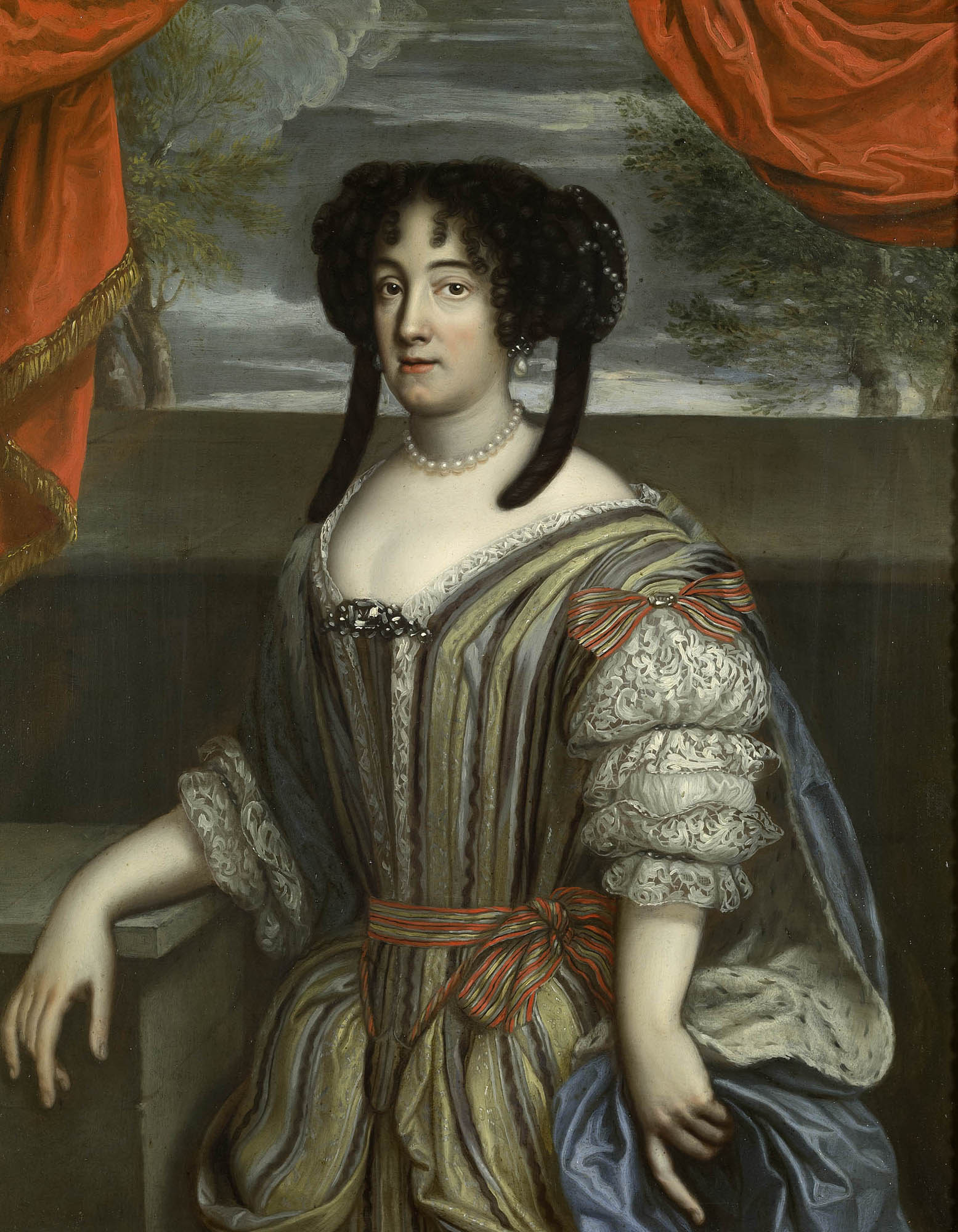|
Rosborg Witch Trials
The Rosborg witch trials took place at the Rosborg manor on Jylland Jutland ( da, Jylland ; german: Jütland ; ang, Ēota land ), known anciently as the Cimbric or Cimbrian Peninsula ( la, Cimbricus Chersonesus; da, den Kimbriske Halvø, links=no or ; german: Kimbrische Halbinsel, links=no), is a peninsula of ... in Denmark between 1639 and 1642. It became one of the more famed of the witch trials in Denmark. It was the first large witch trial in Denmark since the big Danish witch hunt of 1619-1632. The landowner and nobleman Niels Munk, owner of Rosborg manor, accused twelve people from the peasantry of having bewitched his children, who suffered from illnesses, and of having caused their ill health by use of witchcraft. The witch trial was managed by the landlord himself on his estate, where he had feudal rights to arrest, interrogate and judge people, and became an example of how a witch trial could be conducted almost entirely by a single private person. The witch trial ... [...More Info...] [...Related Items...] OR: [Wikipedia] [Google] [Baidu] |
Jylland
Jutland ( da, Jylland ; german: Jütland ; ang, Ēota land ), known anciently as the Cimbric or Cimbrian Peninsula ( la, Cimbricus Chersonesus; da, den Kimbriske Halvø, links=no or ; german: Kimbrische Halbinsel, links=no), is a peninsula of Northern Europe that forms the continental portion of Denmark and part of northern Germany. The names are derived from the Jutes and the Cimbri, respectively. As with the rest of Denmark, Jutland's terrain is flat, with a slightly elevated ridge down the central parts and relatively hilly terrains in the east. West Jutland is characterised by open lands, heaths, plains, and peat bogs, while East Jutland is more fertile with lakes and lush forests. Southwest Jutland is characterised by the Wadden Sea, a large unique international coastal region stretching through Denmark, Germany, and the Netherlands. Geography Jutland is a peninsula bounded by the North Sea to the west, the Skagerrak to the north, the Kattegat and Baltic Sea to the ea ... [...More Info...] [...Related Items...] OR: [Wikipedia] [Google] [Baidu] |
Witch Trials In Denmark
The Witch trials in Denmark are poorly documented, with the exception of the region of Jylland in the 1609–1687 period. The most intense period in the Danish witchcraft persecutions was the great witch hunt of 1617–1625, when most executions took place, which was affected by a new witchcraft act introduced in 1617.Kallestrup, Louise Nyholm: Heksejagt. Aarhus Universitetsforlag (2020) History Legal situation Sorcery was first criminalized in Denmark in the county laws of Scania and Zealand from 1170, which followed the contemporary principle that magic was prohibited only in combination with murder, which was a common principle in other contemporary laws against sorcery in the Middle Ages.Ankarloo, Bengt & Henningsen, Gustav (ed.), ''Skrifter. Bd 13, Häxornas Europa 1400-1700: historiska och antropologiska studier''. Stockholm: Nerenius & Santérus, 1987 Whether anyone was executed in Denmark for sorcery during the Middle Ages is unknown due to lacking documentation. In th ... [...More Info...] [...Related Items...] OR: [Wikipedia] [Google] [Baidu] |
1639 In Europe
Events January–March * January 14 – Connecticut's first constitution, the Fundamental Orders, is adopted. * January 19 – Hämeenlinna ( sv, Tavastehus) is granted privileges, after it separates from the Vanaja parish, as its own city in Tavastia. *c. January – The first printing press in British North America is started in Cambridge, Massachusetts, by Stephen Daye. * February 18 – In the course of the Eighty Years' War, a sea battle is fought in the English Channel off of the coast of Dunkirk between the navies of the United Provinces of the Netherlands, with 12 warships, and Spain, with 12 galleons and eight other ships. The Spanish are forced to flee after three of their ships are lost and 1,600 Spaniards killed or injured, while the Dutch sustain 1,700 casualties without the loss of a ship. * March 3 – The early settlement of Taunton, Massachusetts, is incorporated as a town. * March 13 – Harvard University is named for cler ... [...More Info...] [...Related Items...] OR: [Wikipedia] [Google] [Baidu] |
17th Century In Denmark
17 (seventeen) is the natural number following 16 and preceding 18. It is a prime number. Seventeen is the sum of the first four prime numbers. In mathematics 17 is the seventh prime number, which makes seventeen the fourth super-prime, as seven is itself prime. The next prime is 19, with which it forms a twin prime. It is a cousin prime with 13 and a sexy prime with 11 and 23. It is an emirp, and more specifically a permutable prime with 71, both of which are also supersingular primes. Seventeen is the sixth Mersenne prime exponent, yielding 131,071. Seventeen is the only prime number which is the sum of four consecutive primes: 2, 3, 5, 7. Any other four consecutive primes summed would always produce an even number, thereby divisible by 2 and so not prime. Seventeen can be written in the form x^y + y^x and x^y - y^x, and, as such, it is a Leyland prime and Leyland prime of the second kind: :17=2^+3^=3^-4^. 17 is one of seven lucky numbers of Euler which produc ... [...More Info...] [...Related Items...] OR: [Wikipedia] [Google] [Baidu] |

